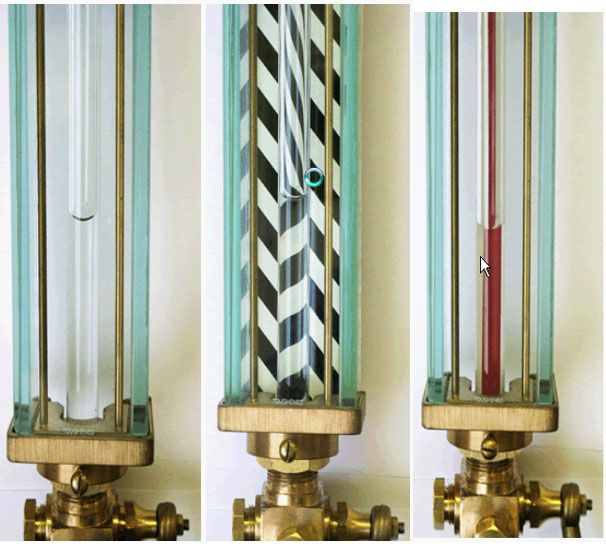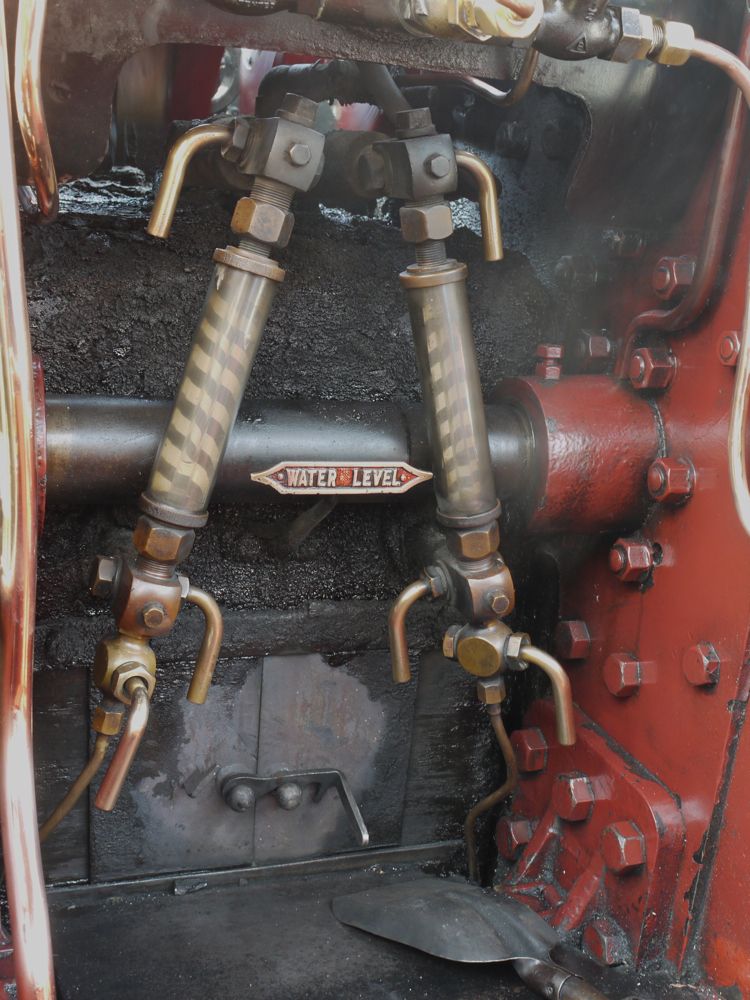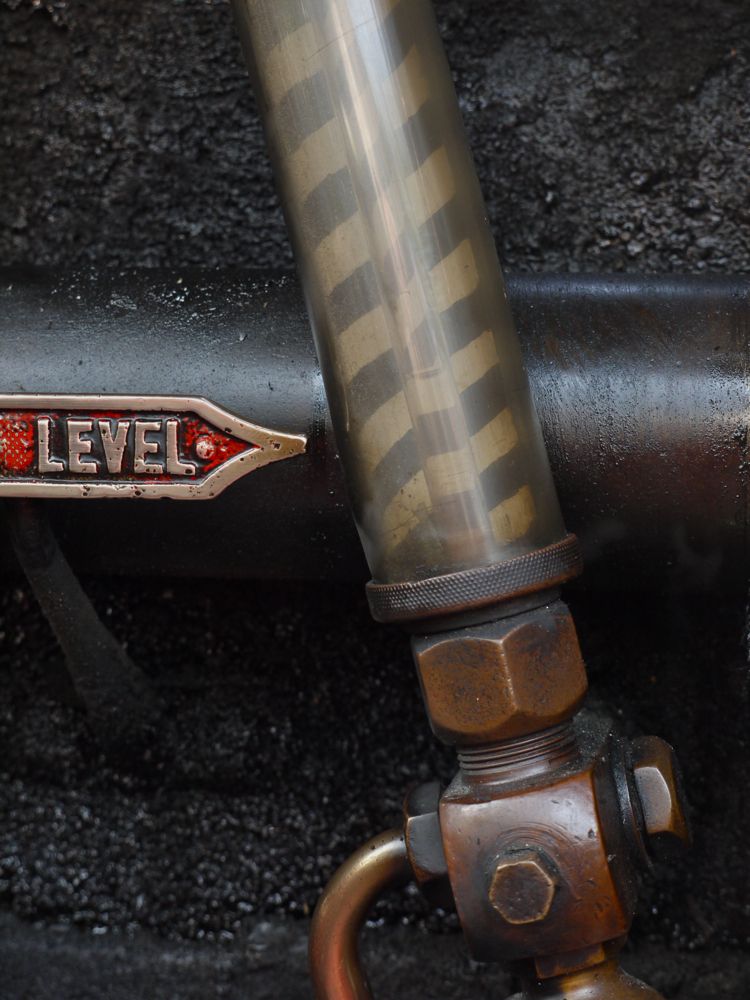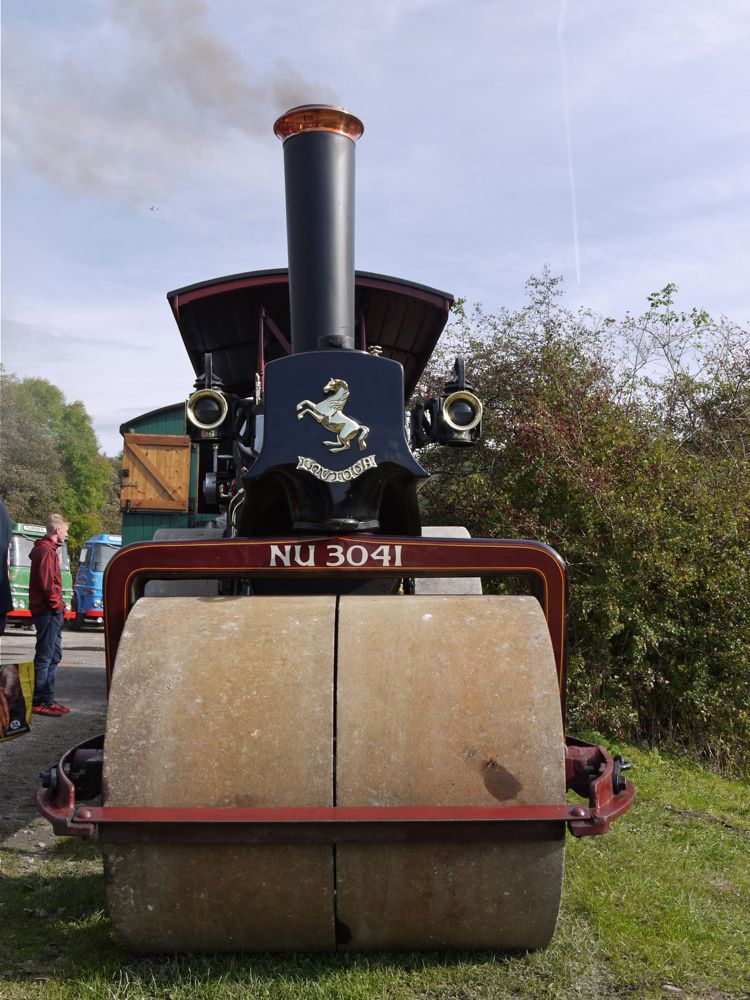sight glass float
sight glass float
- This topic has 10 replies, 7 voices, and was last updated 6 October 2014 at 15:35 by
 Michael Gilligan.
Michael Gilligan.
Viewing 11 posts - 1 through 11 (of 11 total)
Viewing 11 posts - 1 through 11 (of 11 total)
- Please log in to reply to this topic. Registering is free and easy using the links on the menu at the top of this page.
Latest Replies
Viewing 25 topics - 1 through 25 (of 25 total)
-
- Topic
- Voices
- Last Post
Viewing 25 topics - 1 through 25 (of 25 total)








